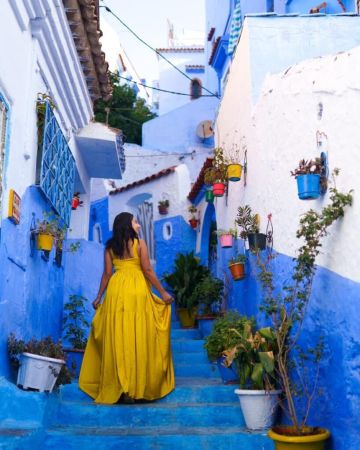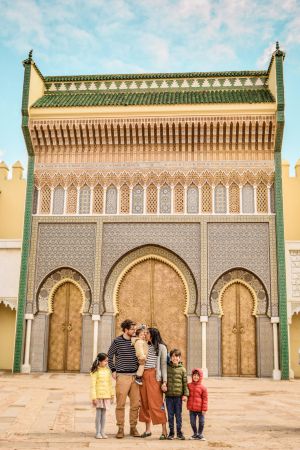The Koutoubia Mosque is Marrakesh’s most famous landmark, known for its stunning 12th-century minaret, beautiful gardens, and rich historical and architectural significance.
One of the four imperial cities of Morocco, Meknes lies in the northern region of the country. The city has often been referred to as the "Versailles of Morocco" because of the sheer historical wealth, culture, and beautiful architecture stored within its walls. Unlike the studied commercialism of Marrakech or the less commercialized Fes, Meknes offers a more laid-back and unpretentious Moroccan experience that really appeals to travelers who want to immerse themselves in heritage away from the crowds. This comprehensive Morocco travel guide will lead you through the major attractions, cultural experiences, and travel tips that will turn your visit into lifelong memories.
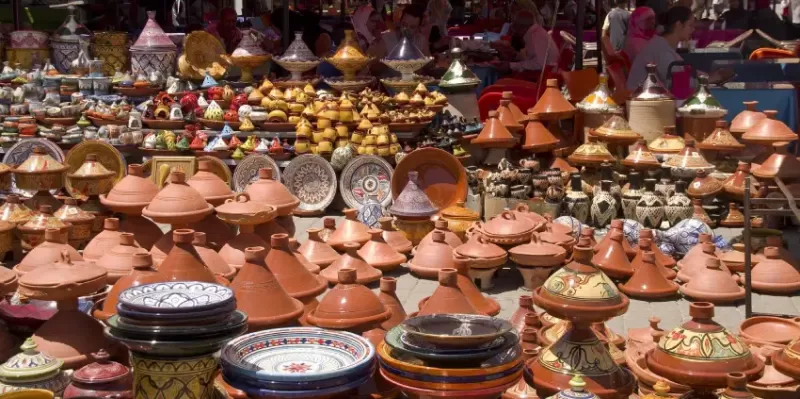
Discover the Awesome Bab Mansour Gate
Bab Mansour is not just a gate; it is a monument to Moroccan-Andalusian architecture. Constructed in the early 18th century under the reign of Sultan Moulay Ismail, the magnificent entrance is decorated with exquisite zellij mosaic tiles, massive marble columns, and soaring arches. Once bearing the honor of granting entry to the imperial city, this gate remains across time as a stark reminder of Meknes' beauty and hard craftsmanship. Visitors linger, admiring the intricate carving and snapping away peculiar zoom shots into the diverse pockets of Morocco's artistic expression.
Things to Do in Meknes
Explore the busy medina and shop for traditional crafts and spices.
Visit the Royal Stables, a world unto its own that was at some time filled with thousands of horses.
Visit Heri es-Souani, the massive granaries and water reservoirs built by Moulay Ismail.
Relax and have a glass somewhere at Lahboul Gardens.
Check out the archaeological must-see site of Volubilis nearby.
Secret Treasures Inside the Medina of Meknes
Meknes’ medina is an intricate maze of narrow streets lined with vibrant souks, traditional artisan workshops, and bustling bazaars. Unlike the better-known cities filled to the brim with tourists, Meknes still offers its medina in an authentic, for-the-people style. All here, you can watch artisans in the making of leather goods, carpets, and pottery that speak of ancient craftsmanship from generation to generation. Fresh spices to the nostrils and delightful aromas of Moroccan cuisines passing down the streets in myriad directions: what an experience! Do stop by some local cafés to sip some sweet mint tea while you observe life's daily parade outside.
Step Back in Time at Moulay Ismail's Legacy
Sultan Moulay Ismail, one of Morocco's most formidable monarchs, elevated Meknes into the status of an imperial capital during the 17th century. Grandiose visions of this ruler include monumental sites, among them the Mausoleum of Moulay Ismail, a splendidly decorated shrine where the Sultan is interred, open to laypeople. Adjacent to that are the Royal Stables, formerly housing 12,000 horses, and the Heri es-Souani granaries-massive engineering wonders conceived for feeding the population and army of the city. Walking through these sites is a fascinating step into power history and the magnitude of Moulay Ismail's reign.
Meknes' Gorgeous Markets and Tastes
The vivacious market in Meknes assaults the senses. Here you shop for fragrant spices such as saffron and cumin, intricate ceramics, handwoven rugs, and traditional garments. The stalls are also ideal for sampling Moroccan fare along the street, such as msemen, flaky flatbread, dates, and freshly squeezed juices. Local fare offers pastilla; in case you are not yet familiar, it is a savory pie filled with layers of meat, almonds, and cinnamon merged, and harira-the soup is highly appreciated during Ramadan. Meknes combines the traditional with the modern, serving the best flavors from the hospitable heart.
Day-Trip to Volubilis—The Ancient Roman Wonder
Situated just a mere 30 km away from Meknes, Volubilis is the best-preserved Roman ruins in Morocco and a World Heritage site as decreed by UNESCO. This archeological site gives visitors the opportunity to see the Roman Empire, which sprawled into North Africa far and wide. Walk past well-preserved mosaics, ancient temples, and huge ruins that once were busy with provincial activities. These ruins also provide sweeping views of rolling hills, which perfectly furnish a marvelous backdrop for fascinated historians and photographers. Most tourists pair Volubilis with a visit to nearby Moulay Idriss, the first Islamic holy city in Morocco.
Travel Tips for Visiting Meknes
Wear comfortable shoes: cobbled streets and old monuments surround the medina.
Bring cash: local vendors prefer cash, especially in smaller markets.
Learn a few conversational phrases: Arabic or French greetings will go a long way when it comes to connecting with locals.
Get a local tour guide. A local guide will give you a much deeper view of Meknes' rich history and culture.
Plan a sightseeing visit: Early morning and late afternoon are perfect times for sightseeing while avoiding the midday heat in summertime.
Meknes is a city where history and culture come together to offer a fascinating enchantment. For any lover of history, food, or curious travelers, Meknes offers an extra morsel about the imperial past of Morocco. Do include this gem in your next Morocco tour itinerary, where this Morocco travel guide will assist you step alongside its wonders.
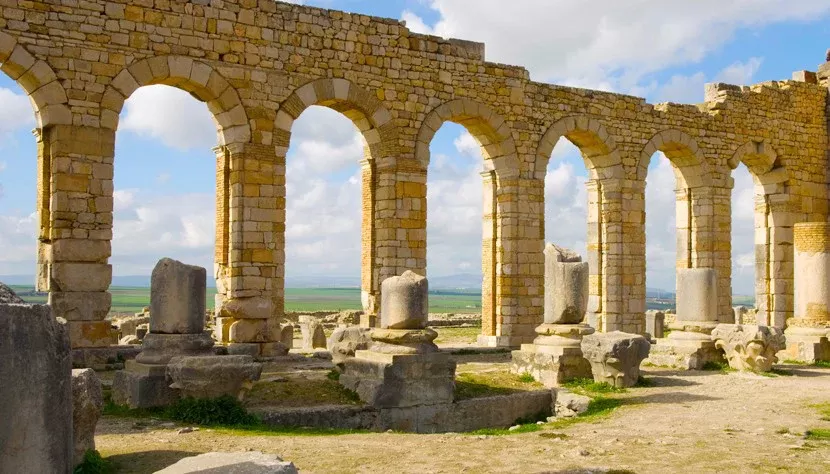
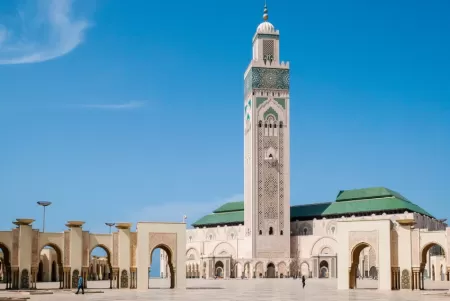
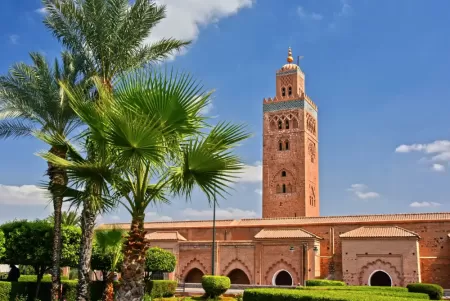
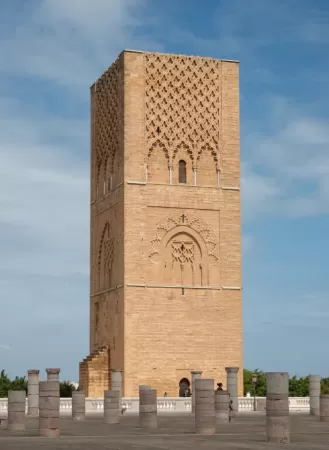
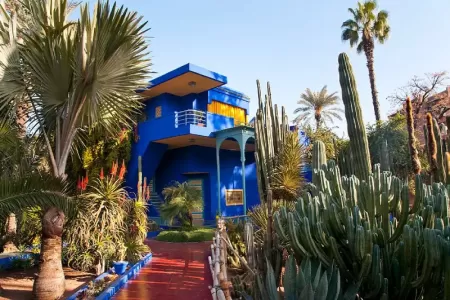
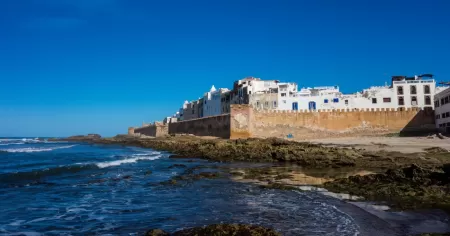
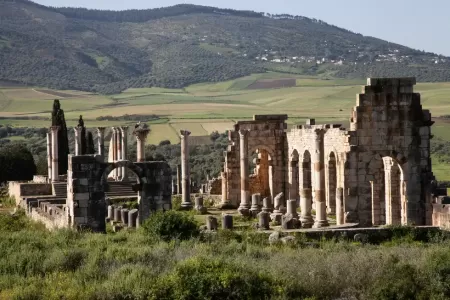
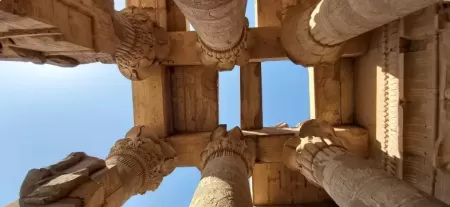
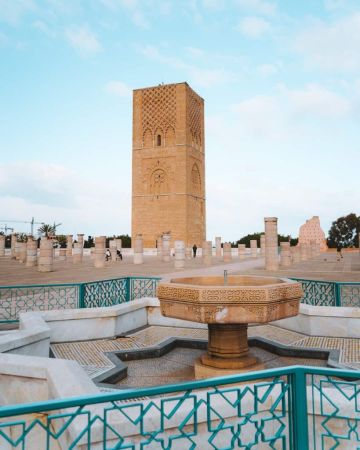
.jpg)
